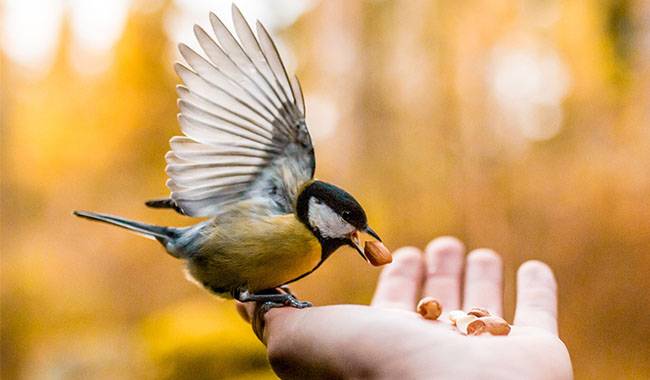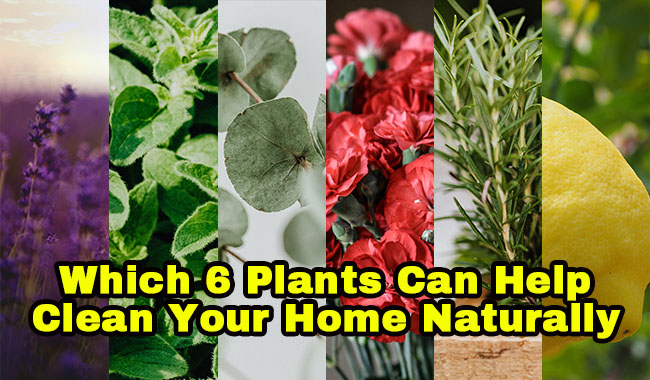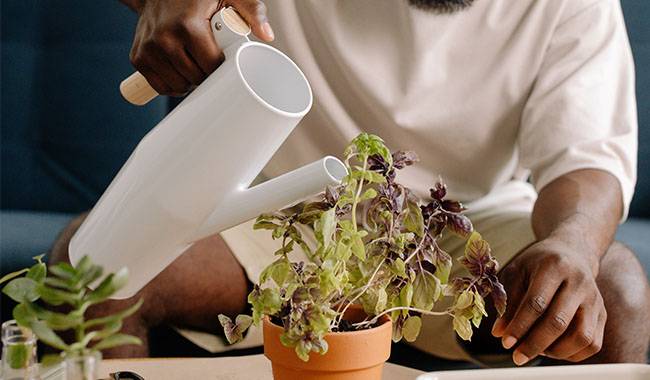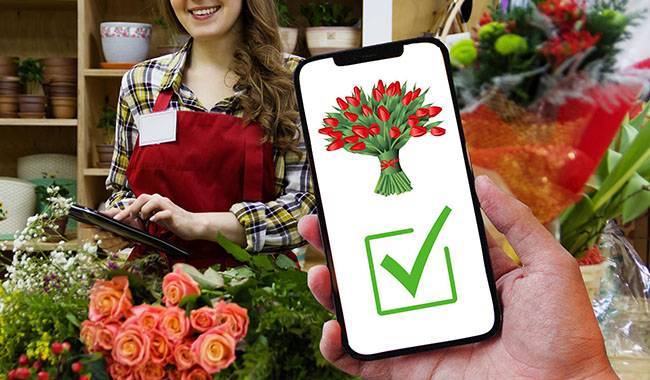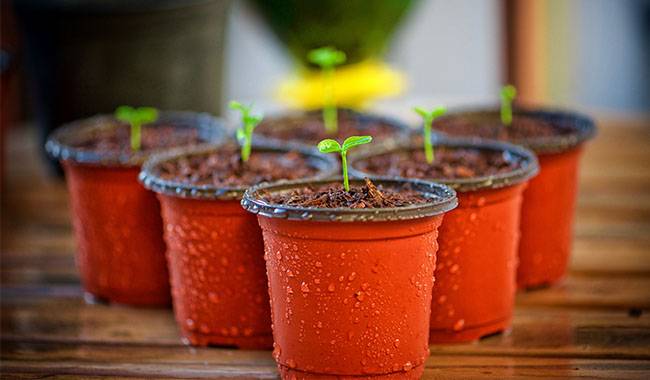
Now is the time to plan and actively prepare the farm for the troubles that will arise in the new season. Therefore, it is worth taking stock of past work and working on mistakes.
Are you happy with the harvest: did all the crops work out or did something go wrong, were the cucumbers full, did the tomatoes sink all summer so they turned green in the jars or even the compost pile?
Are peppers and eggplants as good as they have been in years past? How do you prepare your seedlings properly? Many summer residents who are both experienced and knowledgeable ask themselves similar questions. And meanwhile, they are looking for answers, too.
WHAT SEEDLINGS NEED
In recent years, the weather has been unpleasant and climate change has become more and more pronounced. Of course, it’s hard to fight nature, and long periods of cloudy rain, or conversely, drought, cold nights, and hot midday sun, are not conducive to luxurious growth.
But the fact is that healthy seedlings are better able to cope with such difficulties, as even a beginner gardener knows. For this reason, we need to pay special attention to the cultivation of seedlings.
In fact, it is not difficult to grow good seedlings, all you need to do is.
- treat the seeds properly.
- preparing the soil.
- watering on time and fertilizing as necessary.
- provide the required temperature and lighting.
- make selections, if necessary.
Seed pre-treatment
An increasing number of seeds on the market are completely ready for sowing. Producers have already treated the seeds as necessary to ensure vigorous and healthy growth of the seedlings and also to protect them against various pests and diseases.
There is usually information about this on the package, so if you buy such seeds, you do not need to do any treatment and can sow them immediately. All other seeds, including your own, need to be prepared for sowing.
Disinfection of seeds
First, make a seed mix. There are many recipes for disinfection, but the most commonly used is 10% hydrogen peroxide.
Place the seeds in the seed solution, heat to 104°F (40°C), and incubate for 8 minutes. A baking soda solution (5 g per 0.5 L of water), or a dark pink manganese solution, can be prepared and the seeds soaked for 15-20 minutes.
Hardening
This procedure is not mandatory, but it allows heat-loving crops to tolerate temperature fluctuations more easily and increases resistance to cold.
The expanded seeds are kept at room temperature for 12 hours and then (also for 12 hours) placed in cold storage at 28°F (-2°C). After alternating this way for 2-3 days, the seeds are kept at 71-73°F (22-23°C) before planting.
Soaking seeds
Soaking is for faster and friendlier germination. Of course, it is possible to soak seeds in plain boiling water, but it is best to add a growth promoter.
All substances are easily accessible and provide the plant with nutrients for the first few days. This treatment of the seeds helps the seedlings to better absorb all the necessary elements from the soil, to resist temperature fluctuations, and to resist pests and diseases.
In other words, the plants acquire good immunity and, as a result, they flower well and produce friendly fruits.
When soaking seeds, a solution is prepared in the ratio of 0.5 to 1 gram of chemically added dispersant to 1 liter of water, and the seeds are incubated in it for 8 to 12 hours. One packet (5 grams) is calculated to prepare 5 liters of solution.
When soaking the seeds, it is important to allow air to enter the seeds and not to let them float in the solution. It is best to wrap the seeds in a cotton cloth and moisten them well with the solution to ensure that they do not dry out. For convenience, the cloth can be placed in a plastic container with a lid.
Preparing the soil
It is impossible to grow good seedlings on poor soil, so many gardeners prepare the soil for seedlings from autumn onwards, creating their own unique mixture before the planting season begins.
There are many recipes for soil preparation – they mix garden soil with leaf soil, add peat, compost, and other ingredients. The proportions and other techniques vary. Garden centers, on the other hand, offer an abundance of ready-made soil mixes, from general-purpose to crop-specific, for every taste.
Fertilizing seedlings
Despite all the seed preparation and soil trimming activities, young shoots still need fertilizer. After germination and until harvesting, seedlings have sufficient nutrients, which are contained in the soil.
As the seedlings grow and the nutrients are depleted, they can no longer go without fertilizer. The first fertilizer application should be made 7-10 days after harvesting. Doing it early is not recommended because the plants are under stress and need time to “come back to their senses”.
Micronutrients in the form of chelates as part of the fertilizer are quickly absorbed by the plants and are not fixed in the soil.
Spray or water under the roots every 7-14 days before and after the seedlings are planted in the open ground before flowering. By sticking to the recommended dose and timing of fertilizer application, you can easily produce healthy seedlings with strong immunity.
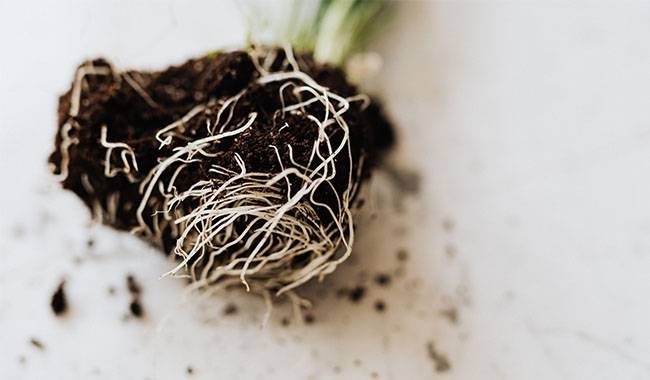
OTHER IMPORTANT DETAILS
Unfortunately, good nutrients and good soil alone do not guarantee the excellent growth of seedlings. Light is also very important for seedlings. Gardeners start sowing many crops in March or even February because of the short daylight hours at this time. Therefore, it is necessary to increase lighting in the morning and evening hours. If the room is poorly lit, it needs to be backlit throughout the day.
Good light does not solve the problems in dense planting. If there is not enough space, the seedlings will stretch upwards and try to overtake their peers as they compete for a place in the sun. Therefore, you should plant them at a distance after harvesting and give them enough room to grow.
The temperature of the seedlings is also important. Many crops require cooler temperatures after germination for further growth. These requirements should be met as much as possible, otherwise, the development of the seedlings will be hindered, sprouts will elongate and good results cannot wait.
One more subtlety is harvesting. This process has both supporters and detractors. Some gardeners sow seeds in separate cups to avoid germination because they believe it is serious stress to the plant.
Those who plant seedlings with subsequent picking, remind them that it is important to carry out this event in time, usually – with the appearance of the first true leaves. Delay is not allowed, because growing plants are less tolerant to transplanting and often get sick or stop developing.
Ready-made fertilizer packages and expert recommendations on their use will allow you to avoid mistakes when growing seedlings. Flowering earlier and producing more fruit, the seedlings easily tolerate growing in the open ground and quickly adapt and cope with various stressful situations. With such care, the yield will not be poor at all.




